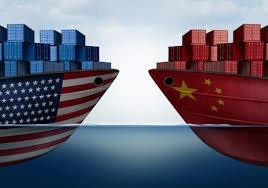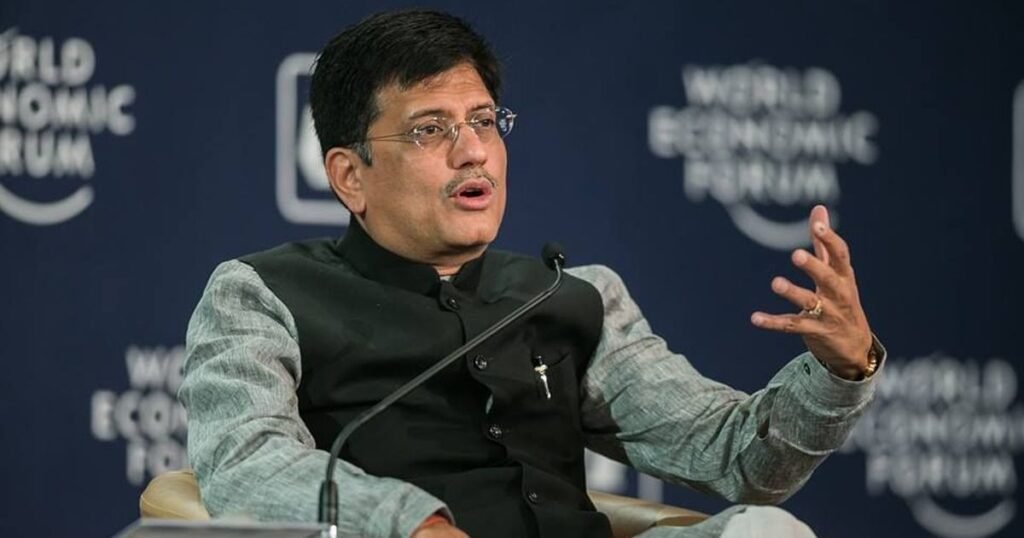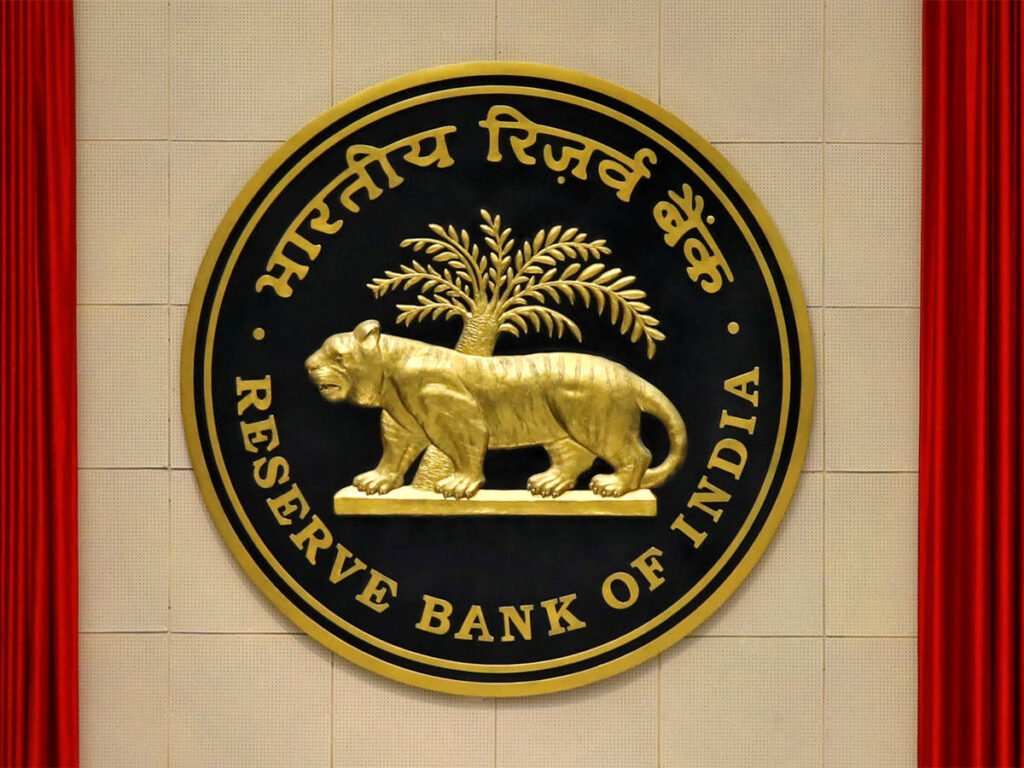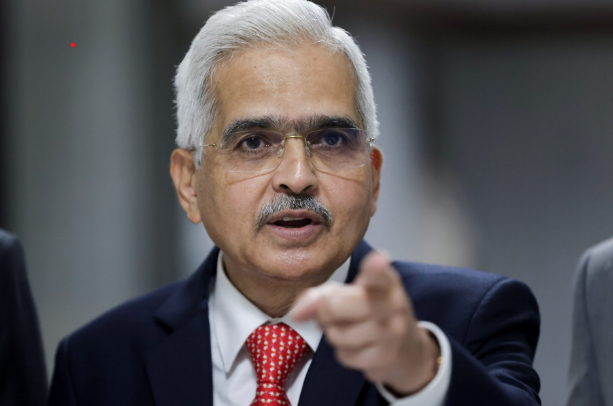FII Strategy Falters: “Sell India, Buy China” Backfires

Global financial markets are witnessing a dramatic turn of events as the Foreign Institutional Investors (FII) strategy of “Sell India, Buy China” fails to deliver. This approach, aimed at leveraging China’s economic incentives for higher returns, has backfired, leaving investors disappointed and awaiting a potential shift back to India.
Chinese Markets Plummet Amid Weak Earnings
On Friday, Chinese and Hong Kong stock markets faced significant losses, with the blue-chip CSI300 and Shanghai Composite Index experiencing their steepest single-day drops since October 9. The decline was triggered by weaker-than-expected earnings from major tech firms and concerns surrounding Donald Trump’s potential policies toward China if he wins the U.S. presidential election.
The Shanghai Composite Index closed 3.06% lower at 3,267.19, while the CSI300 Index dropped by 3.1%. Key sectors such as financials, consumer staples, real estate, and healthcare suffered sharp declines, falling by 2.95% to 3.8%. Biotech companies and brokerage firms were hit hardest, with over 4% declines.
Factors Driving the Sell-Off
Two primary factors contributed to the market downturn:
- Uncertainty Over Trump’s Policies: Concerns about the impact of Trump’s potential return to the White House on China’s economy have spooked investors.
- Disappointing Earnings Reports: Major companies like Baidu and PDD revealed weak revenue figures. Baidu, a leader in AI, reported its largest sales decline in over two years, while PDD warned of declining profits.
These factors intensified selling pressure, reflecting dwindling confidence in China’s economic recovery.
The “Sell India, Buy China” Strategy Explained
The “Sell India, Buy China” strategy gained traction earlier this year amid reports of Chinese government stimulus measures. These included infrastructure investments, tax cuts, and relaxed monetary policies designed to boost economic growth. In contrast, Indian markets faced tepid quarterly results, prompting FIIs to reduce their stakes in Indian equities and increase exposure to Chinese stocks.
FIIs’ Massive Outflows from Indian Markets
FIIs have been aggressive sellers in Indian markets, offloading ₹1,13,858 crore worth of shares in October and an additional ₹41,872 crore in November (as of November 22). Despite this, FIIs maintained their interest in India’s primary markets, purchasing ₹15,339 crore worth of shares during the same period.
The cumulative FII outflow via exchanges since October 1 stands at a staggering ₹1,57,530 crore, reflecting one of the most significant selling phases in recent years.
Signs of Stabilization in Indian Markets
Market experts believe the FII selling spree in India may soon subside. Large-cap valuations in India have moderated from their peaks, and FIIs have started accumulating IT stocks, which are showing resilience. Domestic Institutional Investors (DIIs) have also provided support, particularly in the banking sector, despite overall volatility.
Lessons from the “Sell India, Buy China” Episode
Three primary factors drove the massive FII outflows from India:
- The “Sell India, Buy China” trade.
- Concerns about Indian corporate earnings in FY 2024-25.
- Uncertainty stemming from Trump’s potential policies, dubbed the “Trump Trade.”
While the “Sell India, Buy China” trade appears to have run its course, the broader implications of this episode highlight the risks of over-reliance on short-term macroeconomic incentives. Experts anticipate a possible recalibration of strategies as investors look for stability and sustainable growth, potentially signaling a return to Indian markets.
As global markets remain volatile, all eyes are on how FIIs navigate these turbulent waters, with India emerging as a possible beneficiary of their shifting strategies.

 English
English 
























































































































































































































































































































































































